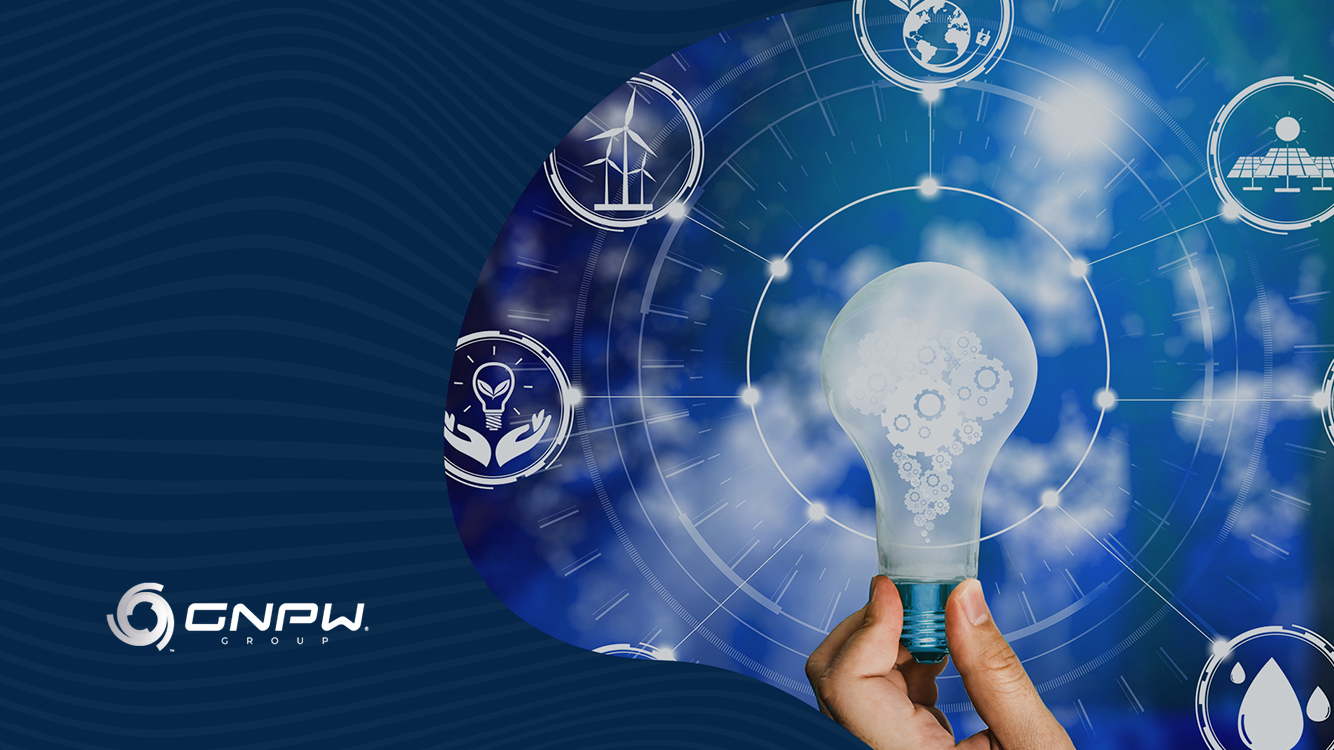Brazil has made positive progress in the generation of clean energy. See in this content the main sources used in the country!
Do you know how clean energy is generated in Brazil? First, it is important to define the concept. Clean energy is all renewable energy that does not emit polluting substances in its production or use. In this case, clean energy is considered: solar, wind, geothermal, hydraulic, biomass and tidal energy.
These sources appear as big bets to replace the countries’ energy matrix, aiming at a cleaner and sustainable generation. In this sense, Brazil has stood out positively. To better understand the scenario and the future of clean energy, read the content to the end.
What are the clean energy sources used in Brazil?
Although the country already uses clean energy sources, the use of fossil fuels still represents about 36% of the Brazilian energy matrix. This type of energy is still mainly used in all countries of the world, to move industries and serve as fuel for cars, trucks and airplanes. The big problem is that this source is not renewable and generates environmental problems due to the release of polluting gases, such as CO2, which intensifies the greenhouse effect and aggravates global warming.
For this reason, research has advanced in search of new energy models, which minimize the impacts to nature and clean energy is one of these options. The adoption of Brazil by renewable sources is the result of two major projects: the investment in the past in hydroelectric plants and the use of sugarcane ethanol as fuel for automobiles, the main renewable source of the national energy matrix.
The outlook for clean energy generation in Brazil is quite favorable. Here, the most used renewable sources are: hydraulic energy (60%), wind (9%), biomass (8%), solar (2%) and nuclear (1%). But, as you can see, the country is still very dependent on the hydraulic source and in times of little rain or growth in demand, this dependence turns into increased costs for the consumer.
In 2020, according to Absolar, there was a 130% growth in photovoltaic solar energy generation systems compared to the previous year. But what still prevents these numbers from being better are the lack of tax incentives and greater investments aimed at the clean energy segment.
What is the situation in Brazil in relation to other countries?
In the case of the national electrical matrix, 82.9% of the energy sources are sustainable and clean, while the global average is 26.7%. This means that the Brazilian energy matrix is one of the cleanest in the world, lagging behind China and the United States.
In 2019, England had more electricity from renewable sources (solar, wind and water) than from oil products. In addition, in April 2020, in the United States, generation from clean sources surpassed that from coal. As the world population grows, the demand for energy increases and clean and renewable sources of energy are the answer to providing sustainable energy solutions.
Although the outlook for clean energy generation in Brazil is favorable, reliance on a single source is still an obstacle to energy development. Thus, it is necessary that investments are expanded in order to diversify the matrix and generate energy security. In this case, the most favorable scenario is investments in wind and solar energy, which has great potential for expansion in the country.
Still have a question about it? Contact us.

Comment